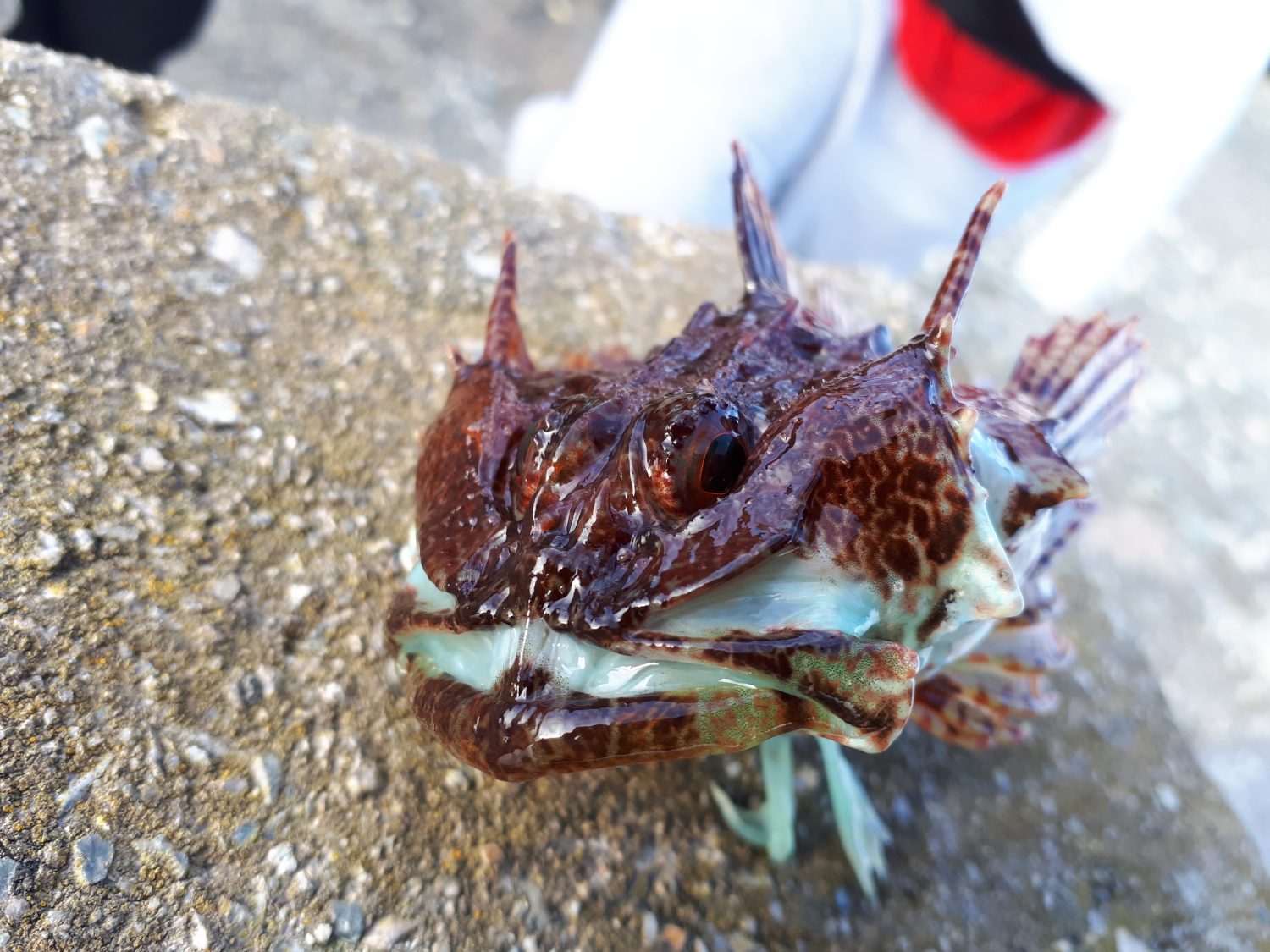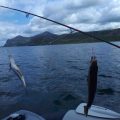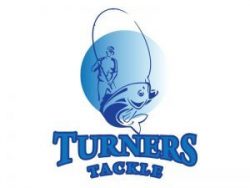How to Fish for Pike
If you are looking at how to fish for Pike there are many options to you can try to catch this prestigious predator.
The method you choose is down to you but there are also things to consider before pick your option. We will look at the different styles of fishing for Pike and the negatives and benefits of each. Pike are both hunters and scavengers which allows us switch tactics if need be.
When fishing for Pike it’s a good idea to form a plan of attack first. If possible you should have an idea of the water you will be fishing, ie canal or lake etc. Is the water coloured, features and potential ambush points the Pike may be waiting.
Natural food sources are a great bait such as small Roach and most smaller fresh water species as this is what they will actively target. That said Pike are cannibalistic and will target their own species and also much larger fish if feeding. Incidents of Pike being found dead due to trying to eat prey almost their own size do happen. Other Pike and large fish have been found lodged in the mouth cavity with no hope of being swallowed or spat out. This gives you an idea of just how predacious, especially larger Pike can be.
Lure fishing for Pike
Using a lure to try an instigate a reaction from a Pike. Lures are basically designed to imitate prey fish and come in many forms or styles. Basic spinners can be cast around and cover a lot of water, these will also prompt attacks from Perch too. Plugs or soft jellies style lures that resemble fish are also used in this method. Lures also come in different variants such as sinkers, mid water and top floating. This is a good way to cover a lot of water and is a relatively cheap method as they can be reused multiple times.
Lures are light so many variants can be taken on a session. If you are struggling to catch, sometimes a simple change in lure can turn a session in to a productive one. A different colour may switch on Pike in certain areas, failing that fishing all sections of the water column may help you find the fish.
When the weather is cold Pike can be less likely to chase moving baits so will set up in ambush points to conserve energy so alternating your retrieve can help. Take gloves too in winter as you may give up before the Pike do due to cold hands!
Dead Baiting for Pike
Dead baiting is exactly that, using fresh or frozen fish as bait. A lot of anglers will buy sea based fish such as Mackerel due to their oily nature, this helps create a scent trail in the water. Fresh coarse fish will usually be more vibrant in colour helping to attract fish by sight, this may slow things down in murcky water such as a canal. The opposite being they are highly visible in clearer waters, as I said in the opening paragraph, knowing the water you are fishing helps.
Dead baiting for Pike can work well but relies on fish being in the general area and hunting / moving through your swim. To increase your chances try making a few cuts across the fish to release a scent trail. Dead baits may float or sink, you can use weights or cork to help position the bait. Be aware, fast flowing and slow water will make the bait behave very differently under the water. This method can be used both ledgering and by float fishing.
It is also becoming more popular to use other dead baits such as mice, rats and chicks. Pike will happily take any of these, rats often enter waterways so are natural prey source.
Live Baiting for Pike
Live baiting is sometimes controversial outside of angling circles. However is is a very effective way of catching Pike. Like dead baiting this method is a relatively static fishing tactic.
The advantage of fishing with live bait is that the movement of the bait will help stimulate a Pike. It’s the same across the animal kingdom, predators will target the young, old or in this case a potentially injured fish. Vibration and erratic movements will draw Pike from around in search of an easy meal. Pike can sense vibrations (hydrodynamic trail) through the lateral line as well as similar sensors in the head and chin. As with dead baiting working out where the Pike may be waiting in ambush will help with catches.
How to use live and dead baits for Pike?
When using live or dead baits you can use a basic ledger or float setup. Bear in mind that live baits may swim out of intended fishing spots or drag under floats. Larger floats are designed for this type of fishing.




